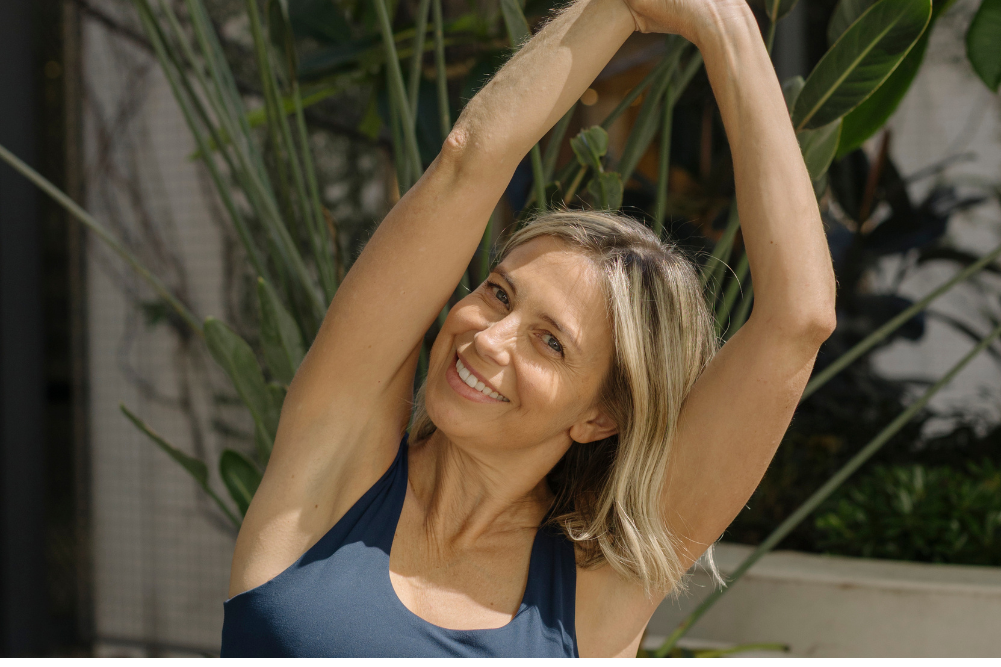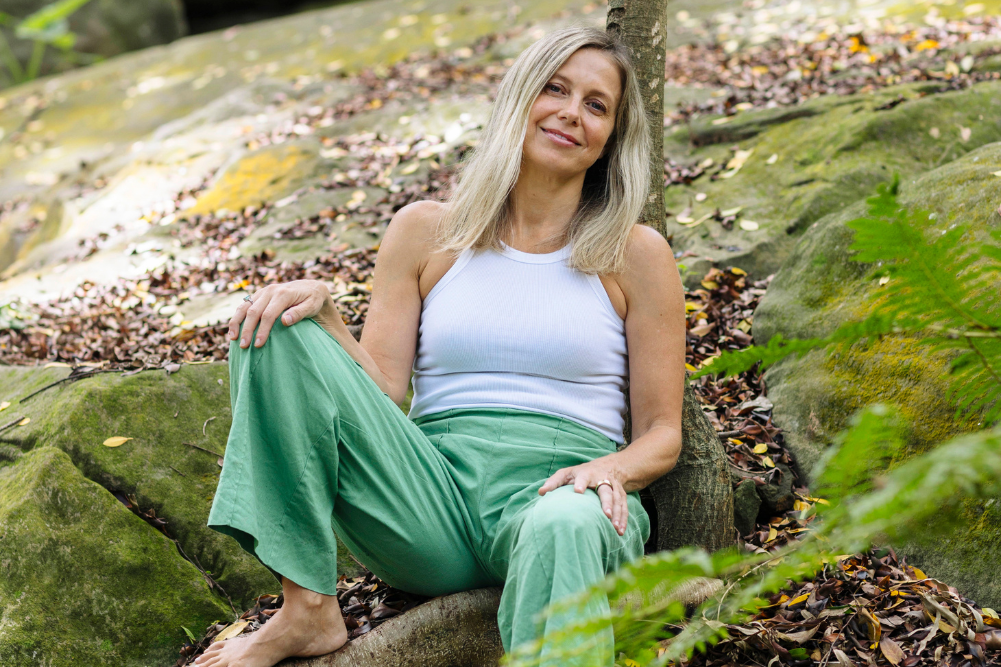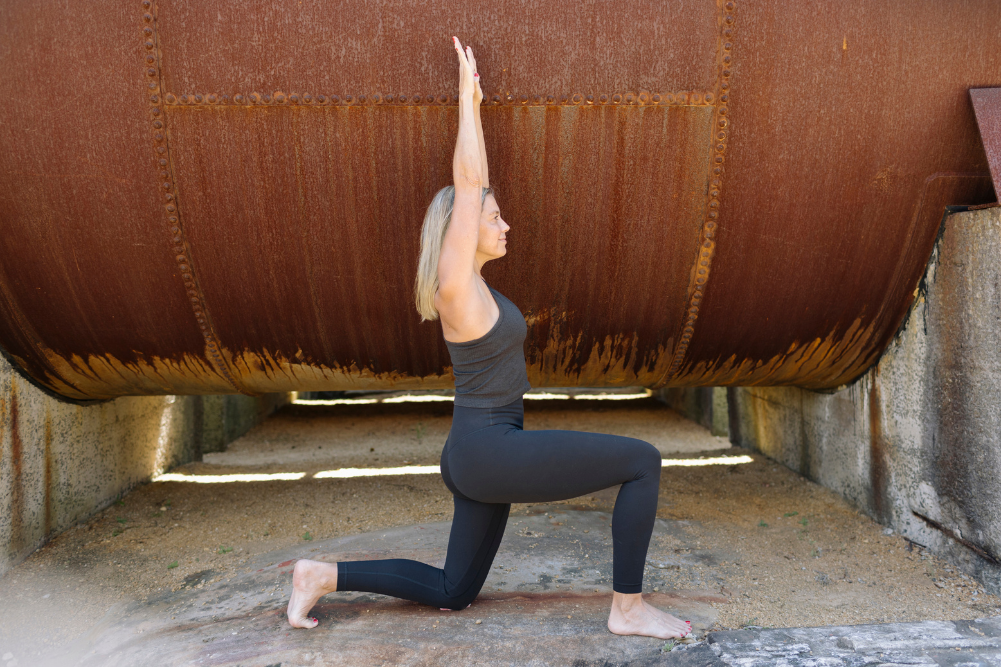The five vayus of yoga and what they mean for you
The five vayus provide us with a framework to understand how prana — the life force that moves through us — can improve all aspects of our lives.
Our bodies are more than skin and bones. We are energy by nature — a force of awareness. The pancha vayus (five winds of prana) provide us with a framework to experience the way in which prana (life force) moves through us. Through the practices outlined in this article, we can begin to understand and thus harness our prana to improve all aspects of our lives.
Yoga is a state of being. It’s a place of unity within yourself that connects you to a greater whole. It reminds you of who and what you are. It uncovers the vast and limitless nature of your true essence, your nature, your soul. Yoga cannot be acquired. It must be experienced. The practices of yoga are intended to bring you into a state of being or union where, ultimately, you experience samadhi — a pure state of bliss and consciousness for which there is no literal English translation.
It is important to know that these practices, concepts and teachings are abstract. The Western mind revels in process, logic and outcome. The Eastern approach, from which the system of yoga stems from, is different. As such, I encourage you to approach these concepts with openness, curiosity and playfulness. After all, joy is one of the highest states of consciousness.
The pancha vayus are the way in which prana can be experienced in the body. Each vayu has subtle yet unique individual properties, specific functions and directions of flow in the body. It is said in yogic texts that by cultivating focus and awareness on the vayus, yogis are able to activate the primordial energy of kundalini and ultimately reach a state of samadhi. Experiencing these vayus is a way of attuning ourselves to the flow of energy within.
So, what are the vayus?
The Sanskrit word “vayu” translates as “wind”, and the root “va” translates to “that which flows”. The five vayus are prana vayu, apana vayu, vyana vayu, udana vayu and samana vayu. Each vayu has its own jurisdiction in the body, but ideally they work in harmony with one another.
To experience the vayus, we must tune into the subtle body. Use the power of your attention and awareness to experience the subtlety of each directional movement of energy. You do not need to intellectualise the vayus. Feel them. Experience them. Allow them to be what they are.
The following practices are great ways to get to know and understand each vayu and how it relates to your subtle body, and their relevance to your everyday life. Yoga teaches us to become masters of prana and once we can harness and work with our life force, we become even more limitless in our potential. Have you ever seen or heard of a great master doing something extraordinary like melting ice with their mind, surviving on no food or water or moving objects with no physical force? This is all possible through the mastery of prana. But before you start staring at a pen trying to make it move, become familiar with your subtle body and develop a relationship with the movement of the vayus throughout it.
Prana vayu
This is the vayu that governs all five of the vayus. It is forward-moving air that moves forwards and upwards, located in the chest and head. It governs the reception of all things: food, our senses, thoughts, air that we breathe. It can be affected by sensory stimuli (eg, what you’re watching on TV) or a noisy space. Prana vayu desires silent spaciousness in order to experience balance.
Practice: Find a seat in a silent space. Imagine as you inhale the breath through your nose that you are drinking the breath from a glistening stream filled with the freshest of air, as though you are drinking the breath into your lungs. Feel as it fills your lungs with fresh breath and, as you exhale, feel it assimilates into your lungs as though you are absorbing it rather than expelling it. Continue like this, imbuing your insides with fresh prana.
Udana Vayu
Located at the throat, this vayu governs our speech, expression ascension and upward movement of energy. When it’s in balance, there’s a willingness within us to work towards challenges and growth. If it’s weakened, we might feel as though we aren’t expressing our truth or living into our potential. The movement of udana vayu is from the ground up to the throat.
Practice: Lay down in a comfortable savasana position. Begin to imagine your breath as if you are breathing in the earth through your feet, up your legs and spine and into the heart. As you exhale, imagine the breath as if you were breathing out of your throat, feeling the jaw and throat relax with each breath out. Notice if you experience any blockages, emotions or thoughts and allow them to dissolve out of the throat as your exhale leaves the body.
Apana Vayu
This is the downward movement of prana in the body — the downward and outward movement of energy. Its function is elimination. If this vayu is out of balance, it can make you feel ungrounded and disconnected to the healing power of Mother Earth.
Practice: Take off your shoes and ground your feet into the earth. Using your breath as a tool to focus your awareness, imagine that you are breathing in down the base of the spine and, as you breathe out, imagine the energy moving down your legs and out through your feet. This becomes a grounding movement of prana in the body.
Samana Vayu
Samana vayu is the equalising and balancing action of all that we ingest. Its function is assimilation and discernment. It’s located in the navel centre. Food, for example, is ingested, assimilated and eliminated. Thus, when this vayu is out of balance, we might have trouble with digesting food, or even emotions.
Practice: Find a comfortable seat. Begin by breathing full belly breaths, feeling the front, back and sides of your torso expand. Keeping your awareness in this area, begin to imagine a fire at the very centre of your belly button. With each exhale, it’s as though you are stoking the fire, making it brighter and more powerful with each breath out as though you were blowing on a physical fire. Sit with this for as long as you like, observing the inner fire swirling, moving and growing with each breath.
Vyana Vayu
This vayu applies to the whole body. It governs circulation and flow on all levels. This can be food, oxygen or the free-flow of emotion or thoughts. Vyana vayu reminds us that nothing is happening to us; it’s happening through us. When out of balance, we can feel blocked, separated from the flow of life and disconnected. When we are able to connect with vyana, we can feel the flow inside of ourselves that connects us to the flow of the universe as it reminds us that we are not separate from it. When it’s balanced, we can experience life from a place of love. While this vayu applies to the entire body, it moves from the centre outwards. We experience it first internally, then it moves out to the auric field.
Practice: Find a comfortable seat. Inhale through the nose into your heart space, as though you are filling up into the very depths of your heart. As you exhale, imagine the breath moving out through the arms, the legs and the torso. Feel as each exhale expands the boundaries of your skin. Continue for a few moments until you begin to feel no separation from your heart and the energy you are emanating. Feel how what you are emanating perhaps begins to shift to a vibration of love.
Words Emma Maidment








